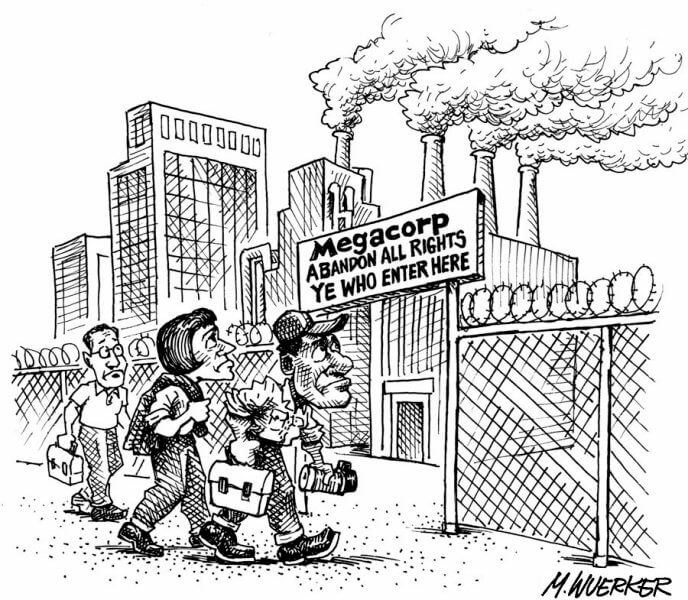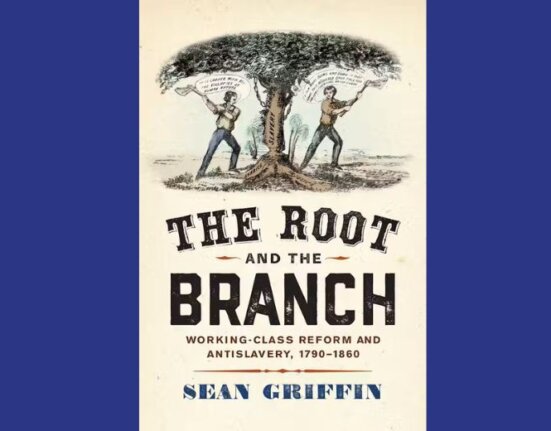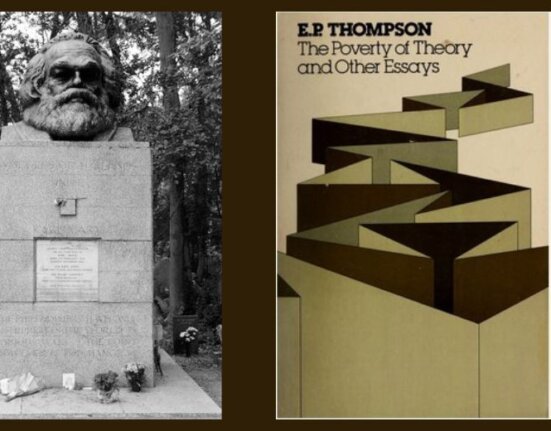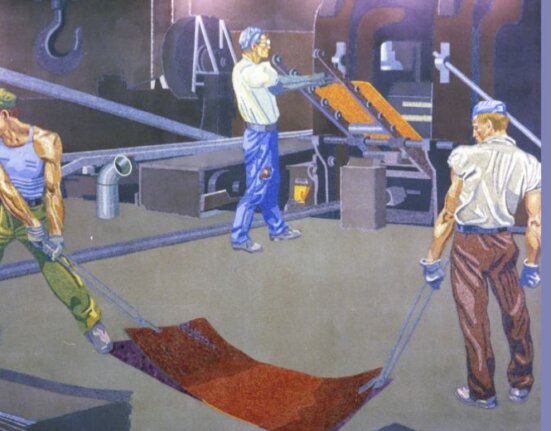Both the polling and the pundits’ predictions of a Clinton victory were wrong.
The reasons for Trump’s victory in part can be understood in relation to how each candidate appealed to labor and how they represented capital. It is necessary to take into account how Trump’s populist ideology prevailed over Clinton’s money machine.
In examining the various sources of Hillary Clinton’s campaign contributions, a confusing picture appears at first. According to the Washington Post, by October 19th, Clinton had raised a record-breaking $1.3 billion. Of that total, $556 million went to the Hilary Clinton campaign, $554.4 million came from the Party and joint fundraising committees and $188 million from SuperPacs. What appears confusing are the other specific amounts raised. OpenSecrets.org, the web site of the Center for Responsive Politics cites her Wall Street contributions from the securities and investment sectors as well as organizational PACs totaling $64.3 million, which came from “a tiny group of ultra-wealthy, liberal donors who work in finance.” While at first, the use of high-stakes financial contributors who define themselves as liberal may seem contradictory, they support a limited role for a social welfare state while seeking to ensure that the state continues to promote capital accumulation.In sharp contrast, the same article notes that by October 19th, Trump had raised $795 million from his own funding, from party and joint fundraising committees and superPACs.
Clinton’s campaign contributions overall came from both managerial and finance capital, with organized labor contributing to Clinton’s campaign $108 million. The funds that flowed into the Clinton and Trump campaigns are the visible expression of how labor has been excluded from institutional decision-making.

What I assert in Political Economy of Labor Repression in the United States is that the main theme of labor repression has been institutional exclusion, expressed as labor being on the margins of decision-making. Institutional exclusion has limited the leadership of mainstream labor to act in terms of class collaboration with capital. This has been well-understood by labor leaders from Gompers and Green to Meany and Sweeney, who collaborate understanding that capital, by virtue of ownership, has monopolized the resources of power.
The development of managerial capitalism grew in response to the economic crisis associated with the Depression as well as labor unrest, creating class collaboration with labor as a junior partner. From the 1970s, as American capitalism began to experience sectional decline with finance capital shifting economic priorities to speculative ventures, labor experienced a host of repressive measures such as the appearance of temporary and contingent labor.
The division in Clinton’s campaign contributions into managerial and finance capital reflects this historical development. The reproduction of political oppression over the course of U.S. history has amounted to the use of covert and overt forms, the first expressed as built into the functioning of social institutions, the second as the expression of brute force. The Homestead and Pullman strikes are classic examples of overt labor repression, where violence was used to put down the strikes. Such violent forms of labor repression appear in those historical moments when labor reacts to institutional exclusion, by withholding labor expressed as strikes. When organized labor attempted to shorten the workday, employers could count on the use of the state militia to put down labor’s demands. Governors honored employers’ requests to send in the National Guard in order to protect companies from strikers. In the period after 1877, violent clashes between capital and labor were the most intense in the western world. From 1877 to 1900, American presidents utilized the U.S. Army to end eleven strikes, while governors mobilized the National Guard in over 100 strikes while mayors made use of police forces against striking laborers.
When collective bargaining was firmly established during the Great Depression, overt repression was utilized in measured doses in large part against radical labor segments. With the formation of the managerial state, the New Deal made use of legal means, such as collective bargaining, to effectively limit labor’s political demands. If a strike is threatening an important industry, coercion becomes necessary. An example was Truman’s putting down of striking steelworkers by force and more recently, through the enforcement of the principle of private ownership, strikers were legally repressed during the PATCO and Caterpillar strikes.
Trump’s victory has much to do with how he differed from Clinton in the strategy to capture the labor vote. In terms of campaign spending, Clinton outspent Trump by a large margin. A recent Time article from November 9, 2016, “Donald Trump Dismantles Hillary Clinton’s Big Money Machine” discusses the gulf between how much Clinton raised compared to Trump. So if money determines everything in American politics, why did Trump win? The answer is that Trump understood that the working class in key states, especially the Midwestern Rust Belt states, having been excluded from institutional decision-making, put their trust in the political outsider Trump.
This is ironic since Trump, of course, has personified finance capital throughout his career. Instead, his Rust Belt strategy came across in a way that disguised his finance capital persona. Trump was the Washington political outsider, pioneered by Carter, Reagan and Bill Clinton. Only Trump portrayed the strategy in the Rust Belt in order to mobilize rank and file labor by presenting himself as the friend of those left out of the power structure, the one who would clean up Washington. This was something rank and file labor in the Rust Belt understood, and, taking a page from Sanders’ play book, Trump portrayed Clinton as representing Wall Street’s interests, a portrayal that she didn’t do much to dispel. While Clinton appealed to and was endorsed and financially supported by the leadership of labor unions, Trump brought his message to the alienated segments of rank and file labor. Labor’s leadership was content to collaborate with managerial and finance capital associated with Clinton while in a strange twist, labor’s rank and file ended up unwittingly aligning with finance capital dressed up as the populist outrage of the powerless.
As argued in my book, it was institutional exclusion of labor that was exploited by both Clinton and Trump in which labor leaders and the rank and file had either the option of supporting Clinton — a candidate beholden to managerial and finance capital — or Trump, the personification of finance capital.
Another question to consider is, what can the rank and file expect during Trump’s 100-day plan to make America great? They are likely to be sorely disappointed by the particulars of this plan, which include a further dismantling of the managerial state and an acceleration of the redistribution of wealth upwards to the benefit of finance capital. Some of Trump’s proposals are associated with shrinking the already small social welfare state. The overall aim is to be part of divide and conquer strategy by fostering hatred of perceived threats. Trump’s message is that the masses should blame their economic misfortunes on immigrants; his solution is to deport two million of them at a bare minimum. His other proposal is to repeal the Affordable Care Act, which for all its shortcomings, was an effort to provide more medical coverage to those without it. If this succeeds, it can only serve to once again present low-income Americans with the terrible choice of either paying for health care or for life’s other necessities.
Throughout the campaign, Trump has consistently advocated appointing judges to replace Antonin Scalia with someone who will move the Supreme Court even further to the right. This can only result in the reinforcement of inequality in the courts. Two of his other proposals are related: he will move ahead with the Keystone Pipeline and will eliminate payments to the United Nations climate change initiatives, both of which will benefit the fossil fuel industry and further deteriorate the quality of life for those who live closest to environmentally fragile areas.
What little remains of the regulatory parts of the managerial state would be further eroded by Trump’s proposal that he will eliminate two regulations for any new one that is adopted. In spite of his campaign rhetoric of being the political outsider and therefore a friend of workers, Trump has been steadfast in his consistent criticism of minimum wage laws, instead advocating right-to-work laws. It is no coincidence that Trump chose as his running mate Indiana Governor Mike Pence, who has publicly expressed staunch anti-labor viewpoints.
In conclusion, Trump epitomizes a wholesale anti-democratic combination of economic and political exclusion of labor from institutional decision-making. What I argued in many ways in Political Economy of Labor Repression in the United States applies to a Trump presidency. What is necessary is for a progressive social movement to consider by word and deed to understand that in the absence of economic democracy, there is no political democracy.
The alternative to labor repression is a type of economic democracy that exists within the limits of American capitalism. This type of economic democracy assumes the form of collective and cooperative examples of workplace settings where labor runs the business. Examples are coops and credit unions, in which more than 100 million people participate in democratic ownership of economic institutions. A well-known example is Mondragon Capital International in Spain, which functions as a worker-owned business cooperative. In essence, worker-based economic democracy is based on the elimination of the reproduction of capital, which translates into oppression of labor.







